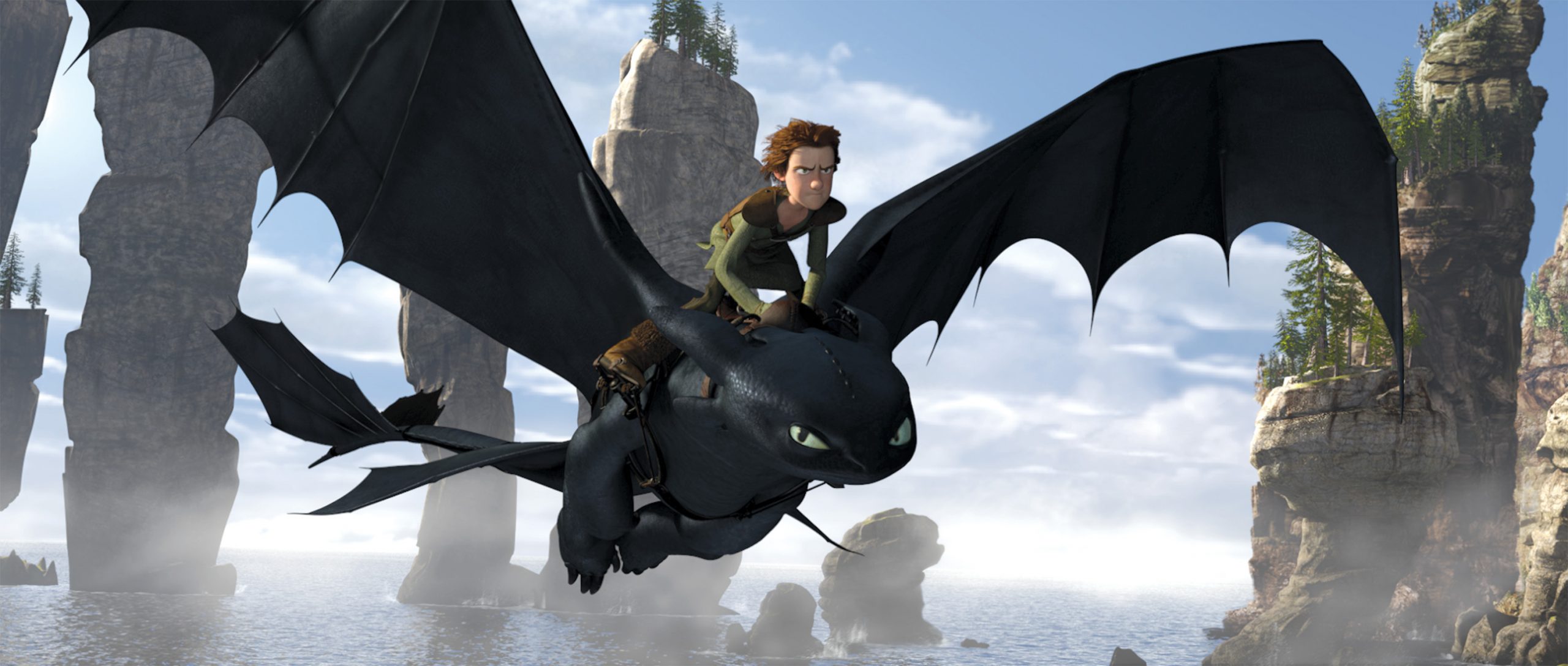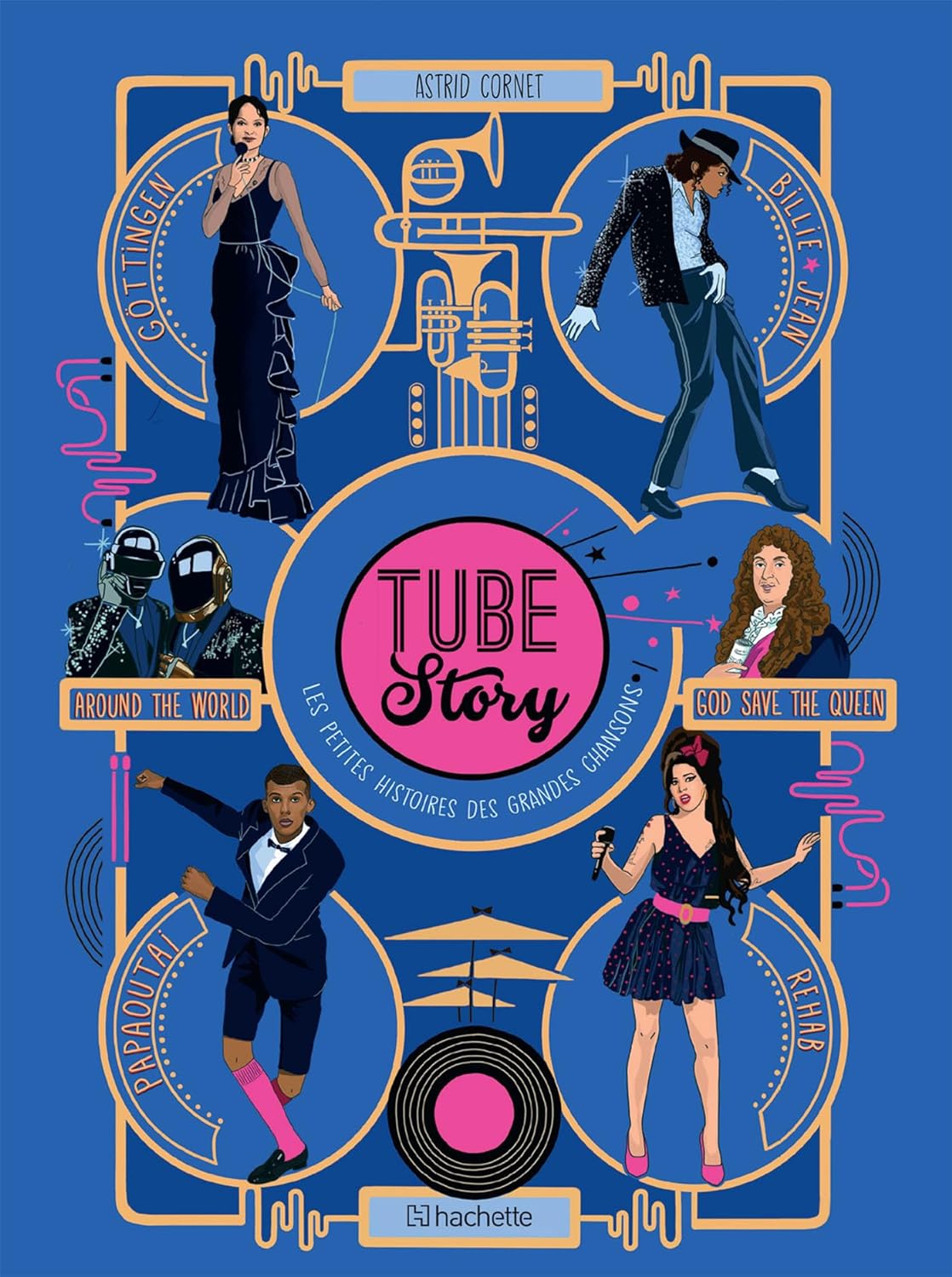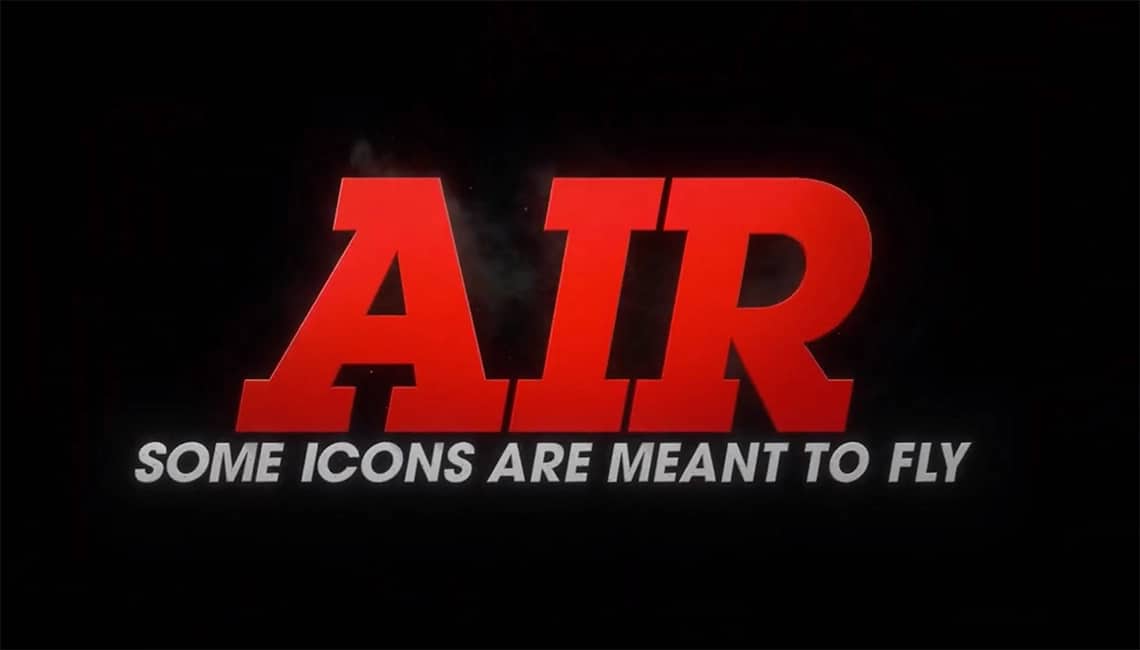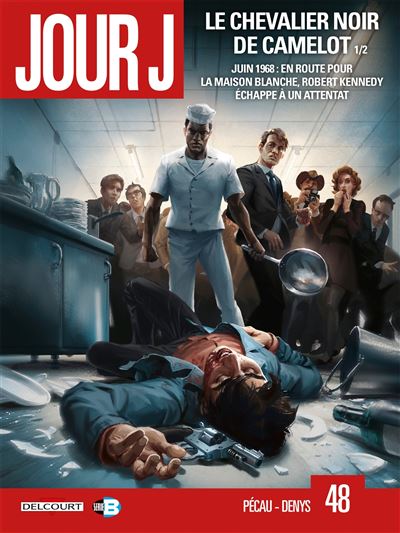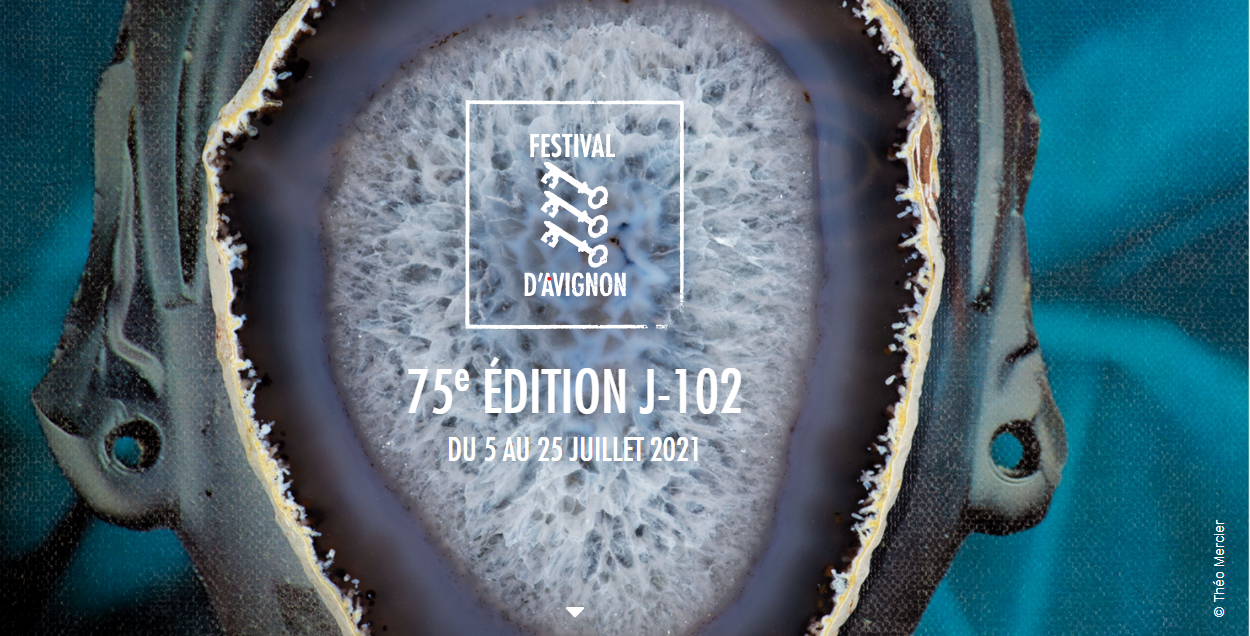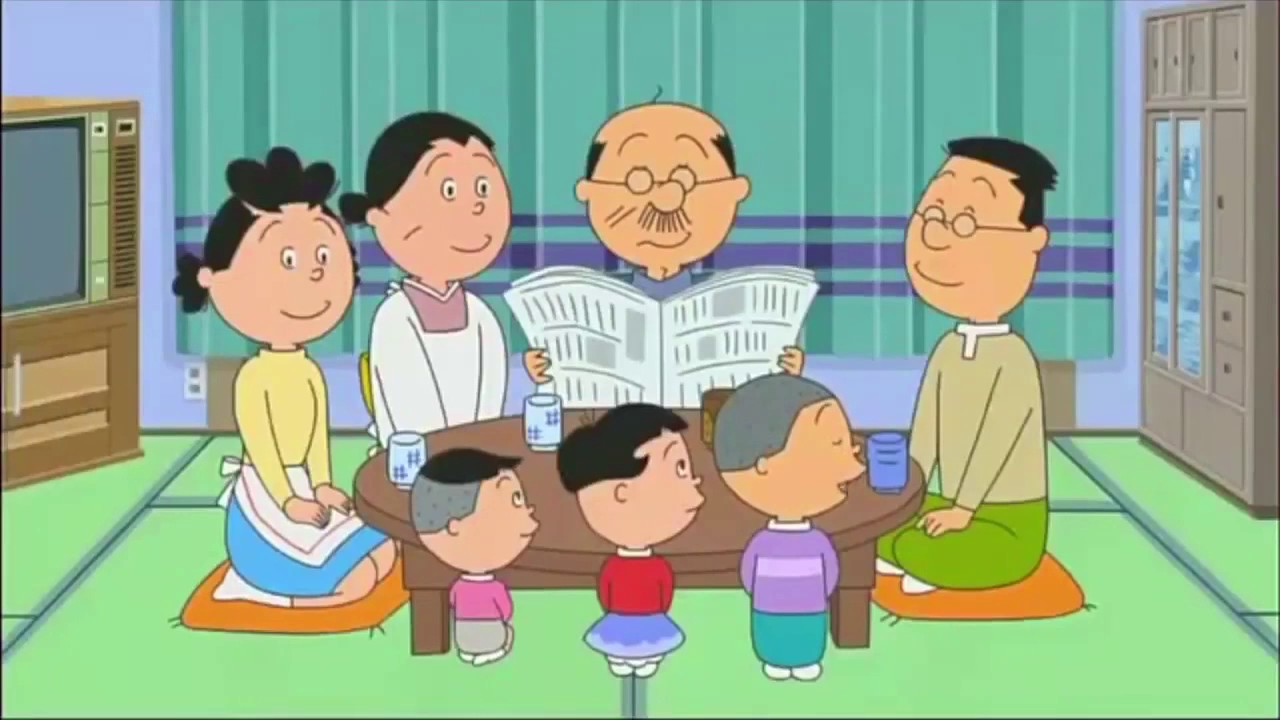May 68 is 50 years old but what exactly happened in Paris during this month of revolution? Patrick Rotman and Sébastien Vassant give us their answer in La veille du grand soir, this book published by Le Seuil and Delcourt on March 14.

A documented story for the Eve of the big evening
The first atmospheric pages seem to lead us into a romance in May 1968 but, very quickly, the story forks towards a journalistic narrative. Patrick Rotman was a student during the unrest and organizes the story as a witness. Having become a documentary filmmaker, he was able to supplement his memories with information on Gaullist power. The enigmatic flight of Gaulle is presented the accounts of several witnesses such as the son-in-law of the general and Massu. Patrick, a naïve Sorbonne student who finds a high school friend, is the gateway for the reader as well as two fictional trade unionists.
The sequence of events follows very pleasantly and without boredom. Without realizing it, the reader discovers a lot of information such as the strike of professional footballers in support of students. An army of students is expected as the crowd will only come at the end of the month. Police violence and insults seem to be the trigger for the movement, which is taking on another dimension with the role of the media and strikes. The reader discovers Chirac and Balladur as advisers to Prime Minister Pompidou. Rotman shows us an overwhelmed President De Gaulle who sees the political revolution everywhere but goes to bed at 11 p.m. "It's not about taking power but about speaking," said one protester.
A journey into the past
Beyond the succession of events, Rotman and Vassant offer us a dive into the past by multiplying the documents of the time. During the demonstrations, we hear revolutionary songs and bubbles transcribe famous slogans – open the borders of your heart… Excerpts from telephone conversations shed light on the government's reaction. The atmosphere of some emblematic places is captivating, such as the Odeon theater, agitated by the slogans that fuse. These students have the nostalgia of the Popular Front of 36 as today's reader has the nostalgia of 68. Godard filmed while Resnais was demonstrating. In several boxes, we find emblematic photos of May reproduced everywhere but from a different angle. Vassant makes a tribute more than a flight because we see Gilles Caron taking these mythical photos.
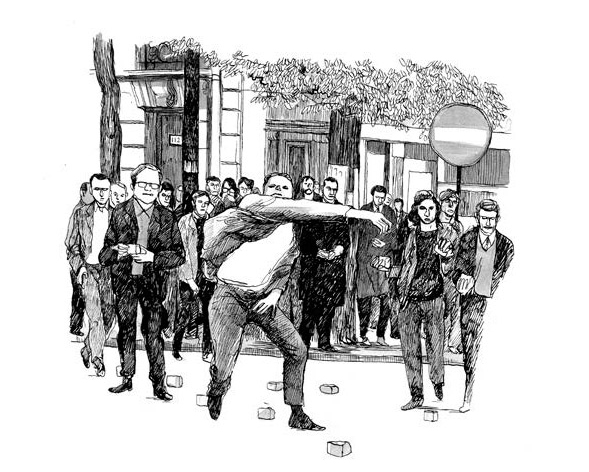
Sentimental agitation
The eve of the big night is not a boring historical thesis on Mai but the fictional or real characters are alive and one feels feelings exacerbated by the agitation when turning the pages. Some episodes are very funny like the dinner at the beginning of the agitation between Fernandel and De Gaulle who already seems tired of power. Anecdotes animate the cold succession of events such as the old man who gives his keys to put his car at the top of the barricades.
A shaky drawing
Like the events, Sébastien Vassant has a shaken drawing where the features are visible. He is not trying to be realistic. The decorations are more suggested than documented. A lot of space is left in the drawing. We recognize the shape of famous people but without wanting to be photographic. There is no box but everything is filled with a color dominating each double page – khaki green for Rotman's memories, brown for journalistic research a posteriori.
This project is co-published by Le Seuil and Delcourt with a wealth of documents. Inserts appear in the comic to specify a historical event such as the March 22 Movement. At the end of the volume, the famous silkscreen prints of the Ateliers des Beaux-Arts are as a bonus with a timeline.
In summary, The Eve of the Great Evening is not only a richly documented historical narrative but it makes feel the tension and hopes of the May Events through an original drawing while amusing us with anecdotes.




